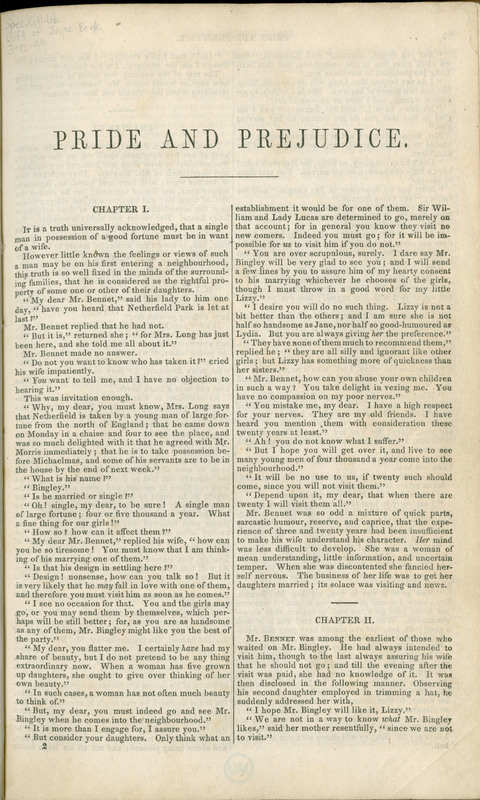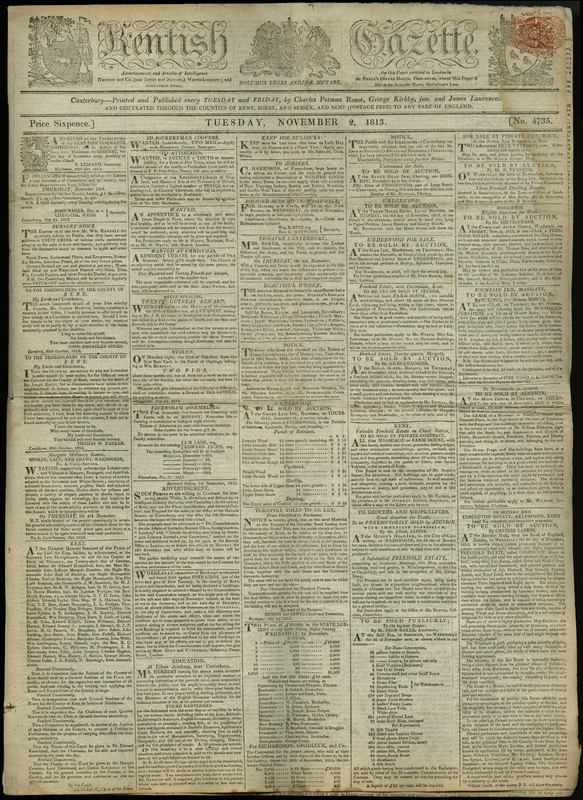Empire
Ackermann’s Repository regularly featured collections of fabric samples, such as this one from the March 1809 issue. The fabrics in this month’s selection are intended for ladies’ attire, including evening and day dresses, shawls, mantles (a loose cloak or shawl), and pelisses (a long, fitted coat inspired by military dress). The accompanying text underscores both the ways that these fabrics might be used and the close connections between patriotism, economics, and agriculture that infused all aspects of British manufacturing.
The sample in the upper left corner, which is of Anglo-Merino cloth, comes from the Merino flocks of George III, who had imported them from Spain at the end of the 18th century. George III’s attempt to improve the inferior wool of native British sheep by cross-breeding them with Spanish Merinos involved smuggling them through Portugal because Spain tightly controlled exports of their valuable livestock. Both the Anglo-Merino cloth and the Persian Double Silk (number 4) reflect British attempts to imitate popular fabrics manufactured in India and Persia (modern-day Iran). This collection emphasizes new directions and technologies in British fabric manufacturing aimed at making it more competitive.
This 1807 map by the geographer John Luffman traces possible routes that France, along with Russia, Turkey, and Persia, might take to invade British India, thus highlighting fears about French imperial aggression and the strategic and economic importance of British India in the early nineteenth century. The 1807 Treaties of Tilsit capped Napoleon’s victory over the Russians at Friedland, allied France and Russia, and intensified France’s struggle with Great Britain over trade with Europe. The newly-solidified FrancoRussian alliance raised the specter of the two countries moving to conquer India for France, a long-cherished dream of Napoleon’s.
The East India Company had conquered much of India in 1765 and governed it until 1858, when the British government took over following the 1857 Indian Rebellion. During this period, textiles such as the Indian muslin that Mr. Tilney selects for his sister’s gown and spices from British-controlled India were of immense economic importance to the empire, and the East India Company held a trade monopoly enforced by the crown.

Napoleonic Wars

Reading the News in Austen's England

